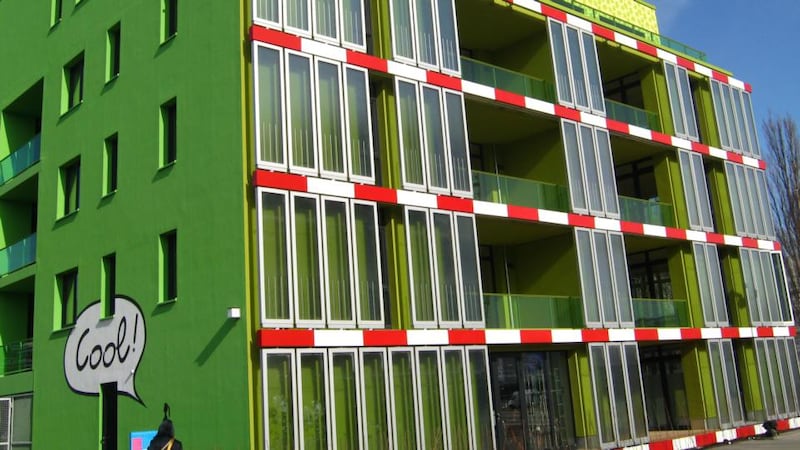Is it too early to start looking back at 2013? No? Well then let’s revive some of the more unusual science stories that made an appearance this year. There were, of course, the showstoppers: the burger that was grown in the lab from stem cells for an unappetising €250,000, and the development of a method to store 100 million hours of high-definition video in a cup of synthetic DNA, should you ever want to do such a thing.
There was also the remarkable finding that the subglacial Lake Vostok in the Antarctic could be teeming with microbial life: pretty impressive when you consider that its dark waters are covered by kilometres-thick ice.
But what about the other, less flashy stories that were still weirdly wonderful? Like the one about the building powered by algae? The experimental, five-storey building in Hamburg has a green “skin” of glass tank-like facades within which tiny algae grow (and provide shade) and are then harvested to produce biogas.


Unusual cheese
And while we are on the subject of small things doing useful things, how about an experiment closer to home in Dublin's Science Gallery, which made cheese using bacteria from the human armpit, bellybutton and foot. Part of the Grow Your Own exhibition about synthetic biology, the installation Selfmade was the brainchild of Christina Agapakis and Sissel Tolaas and resulted in a few raised eyebrows as well as scrunched noses.
Yawning dogs
Algae and bacteria might be great for energy and foodstuffs, but let's face it, they aren't great company. Unlike dogs. One of the cutest stories out this year about our canine friends was that dogs seem to "catch" yawns from familiar humans. Science loves a bit of yawning contagion, and the pooches obliged in this study in Japan.
"Twenty-five dogs observed familiar (dog's owner) and unfamiliar (experimenter) human models acting out a yawn or control mouth movements," wrote the researchers in the journal Plos One in August. "The occurrence of yawn contagion was significantly higher during the yawning condition than during the control mouth movements. Furthermore, the dogs yawned more frequently when watching the familiar model than the unfamiliar one, demonstrating that the contagiousness of yawning in dogs correlated with the level of emotional proximity." Awww.
And finally, if over the festive season the dog gets blamed for activity at the other end, a February paper in the New Zealand Journal of Medicine might be worth a read. The authors focus on the pressing issue of breaking wind on aircraft, and articulate both the problem and a potential solution.
“Holding back flatus on an airplane may cause significant discomfort and physical symptoms, whereas releasing flatus potentially presents social complications,” they point out.
“To avoid this problem we humbly propose that active charcoal should be embedded in the seat cushion, since this material is able to neutralise the odour. Moreover active charcoal may be used in trousers and blankets to emphasise this effect.”












